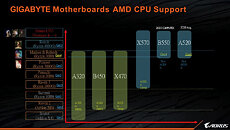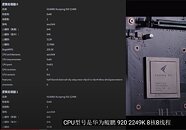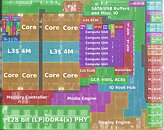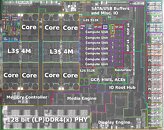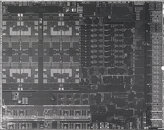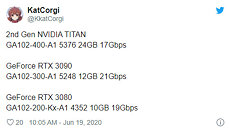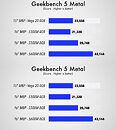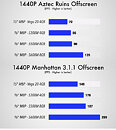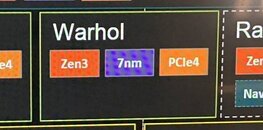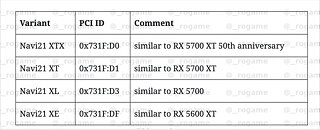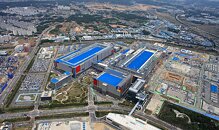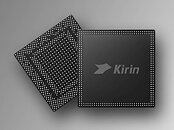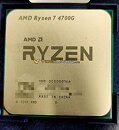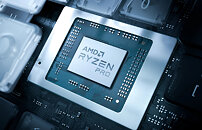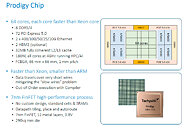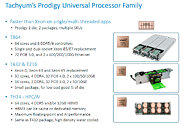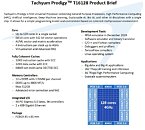AMD is planning to immediately update its product stack to counter the Intel 10th gen Core "Comet Lake-S" desktop processor family. Codenamed "Matisse Refresh," the processor will use existing IP, based on the 7 nm "Zen 2" microarchitecture, but could improve in areas such as clock-speeds. As it now stands, the Ryzen 9 3900X appears unfazed by the i9-10900K and i7-10700K at its new $410 price, however, competitiveness of the 3800X and 3700X could buckle under pressure from the i7-10700 series (K, KF, non-K, and F), as well as the Core i5-10600 series. To this effect, we're hearing rumors of a "Ryzen 7 3750X" and "Ryzen 7 3850X" seeing the light of the day soon, with an early-June announcement, and early-July market availability. References to the 3750X
date back to October 2019.
Rumors of "Matisse Refresh" gained traction when WCCFTech editor Hassan Mujtaba tweeted a slide from a GIGABYTE AMD B550 motherboard series pre-launch presentation, which references GIGABYTE's own interpretation of AMD's roadmap. It lists out every CPU microarchitecture for the AM4 platform, and right next to "Matisse" is "& Refresh," confirming that "Matisse Refresh" is real. A microarchitecture "refresh" needn't even involve any physical changes to the processor design, core-counts, or architecture, and can sometimes even indicate something as simple as a second major wave of SKUs that replace existing SKUs in the market, leading to their phase-out (eg: Intel "Haswell Refresh" retaining the 4th gen Core model numbering). The slide also adds weight to the theory that desktop "Renoir," like its mobile counterpart, lacks PCIe gen 4.0. The slide also talks about AMD introducing the entry-level A520 desktop chipset in August, which will support PCIe gen 4 when paired with a capable processor.
